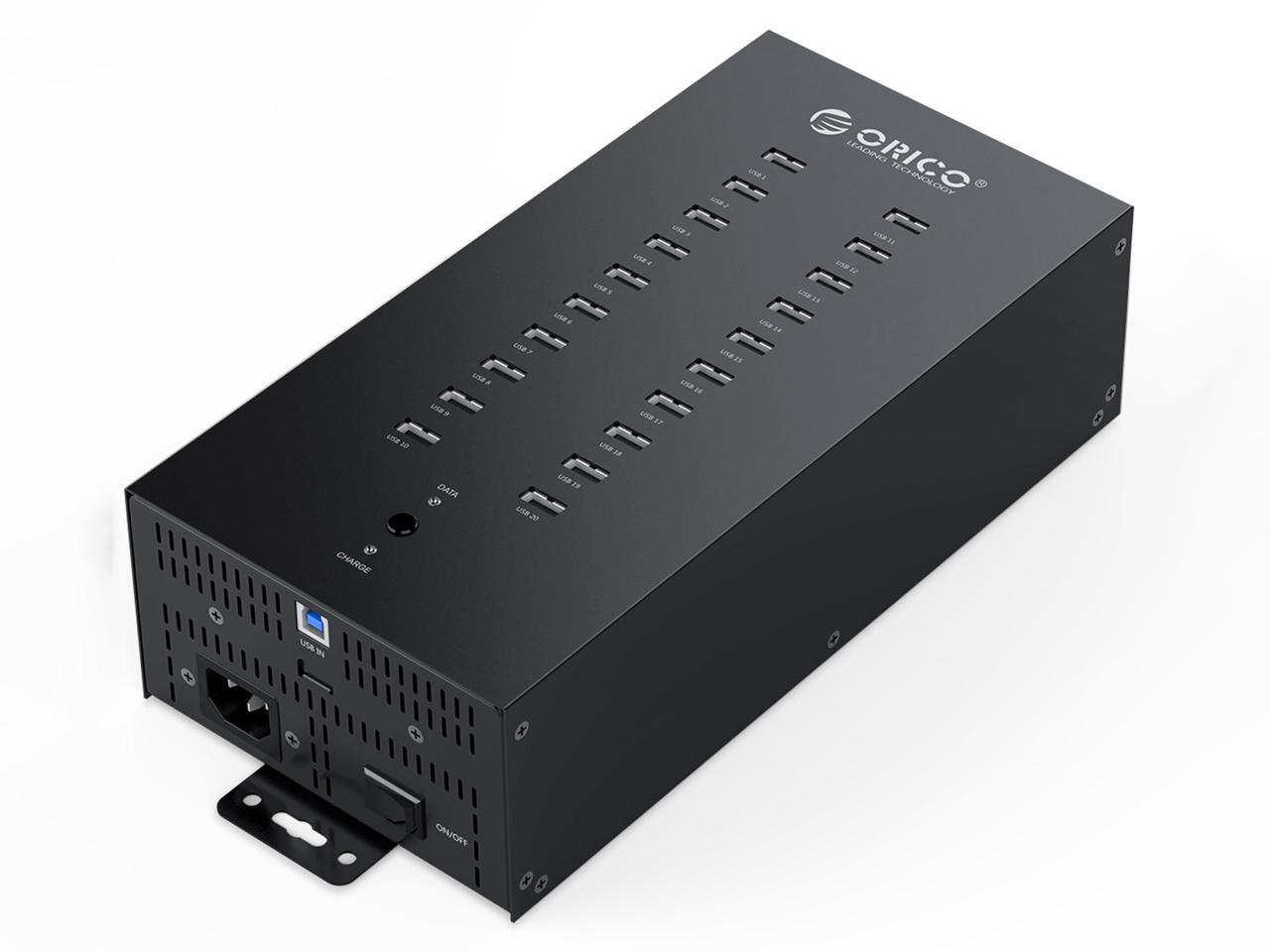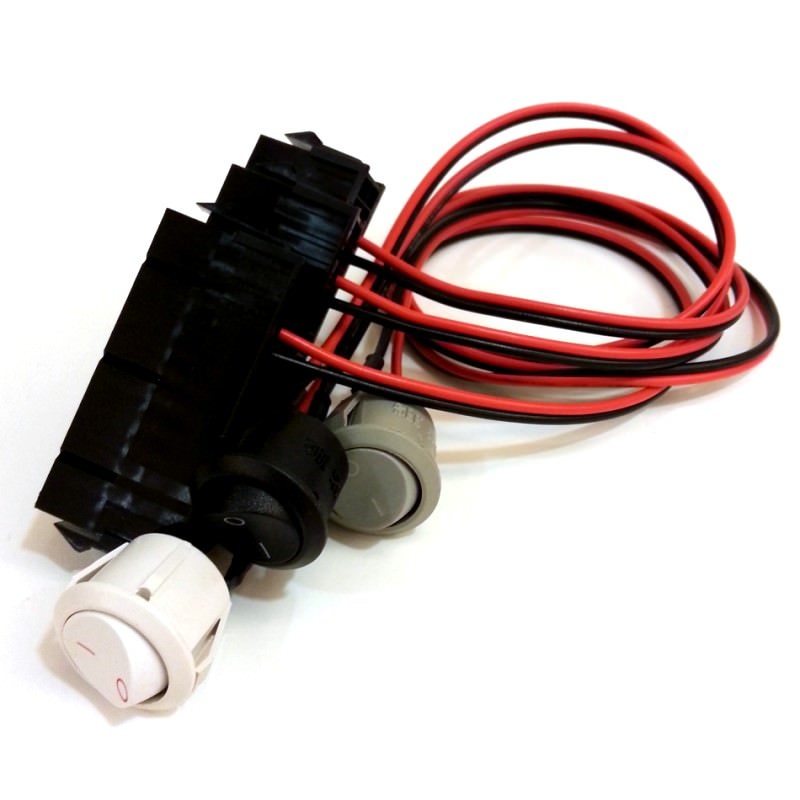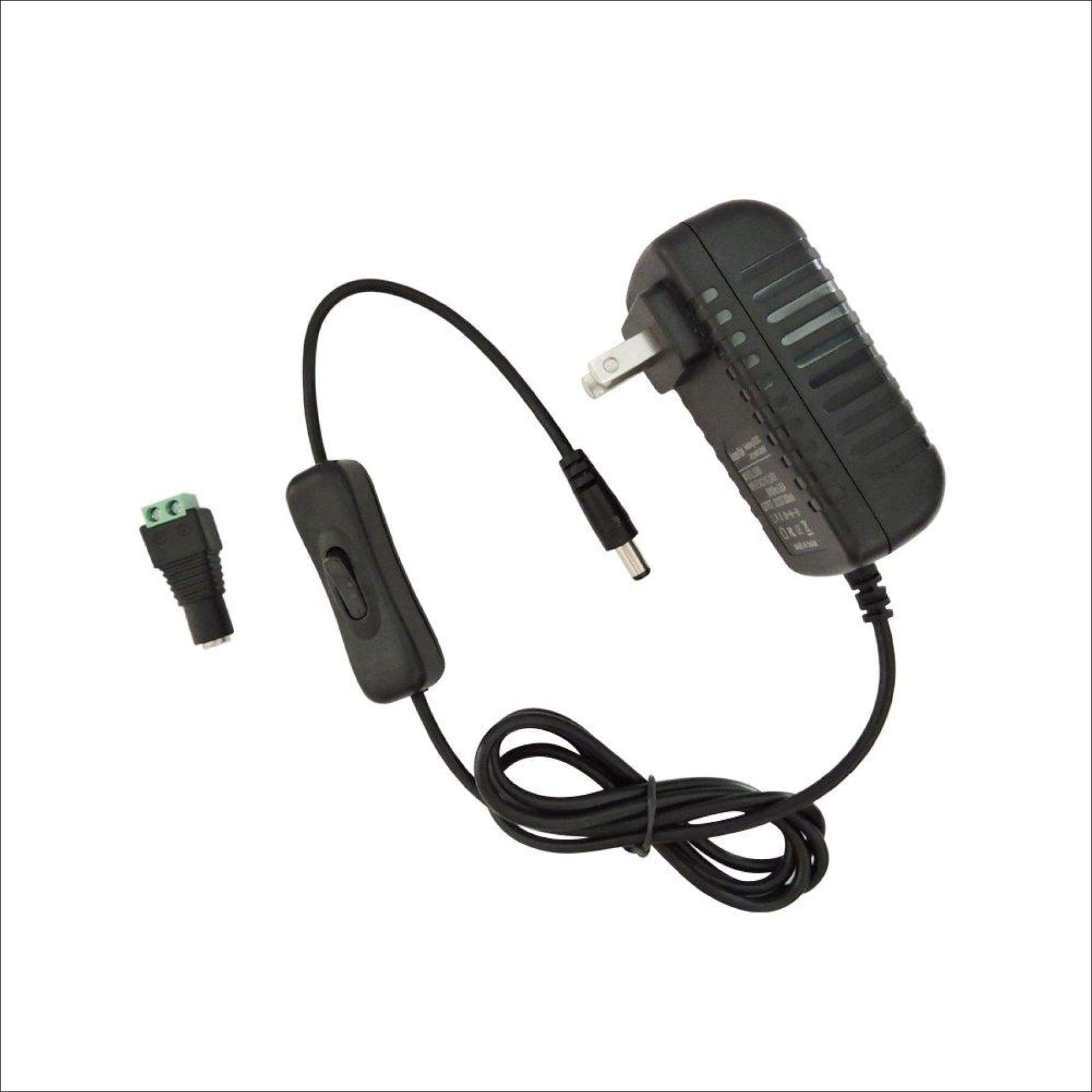

However, these communications are not promotional in nature. Generally, users may not opt-out of these communications, though they can deactivate their account information. For instance, if our service is temporarily suspended for maintenance we might send users an email. On rare occasions it is necessary to send out a strictly service related announcement. If you have elected to receive email newsletters or promotional mailings and special offers but want to unsubscribe, simply email Service Announcements Pearson may collect additional personal information from the winners of a contest or drawing in order to award the prize and for tax reporting purposes, as required by law. Pearson collects name, contact information and other information specified on the entry form for the contest or drawing to conduct the contest or drawing. Occasionally, we may sponsor a contest or drawing. Pearson collects information requested in the survey questions and uses the information to evaluate, support, maintain and improve products, services or sites develop new products and services conduct educational research and for other purposes specified in the survey. Pearson may offer opportunities to provide feedback or participate in surveys, including surveys evaluating Pearson products, services or sites.

We use this information to complete transactions, fulfill orders, communicate with individuals placing orders or visiting the online store, and for related purposes. Online Storeįor orders and purchases placed through our online store on this site, we collect order details, name, institution name and address (if applicable), email address, phone number, shipping and billing addresses, credit/debit card information, shipping options and any instructions. We use this information to address the inquiry and respond to the question. To conduct business and deliver products and services, Pearson collects and uses personal information in several ways in connection with this site, including: Questions and Inquiriesįor inquiries and questions, we collect the inquiry or question, together with name, contact details (email address, phone number and mailing address) and any other additional information voluntarily submitted to us through a Contact Us form or an email. Please note that other Pearson websites and online products and services have their own separate privacy policies. This privacy notice provides an overview of our commitment to privacy and describes how we collect, protect, use and share personal information collected through this site. Pearson Education, Inc., 221 River Street, Hoboken, New Jersey 07030, (Pearson) presents this site to provide information about Pearson IT Certification products and services that can be purchased through this site. Figures 4.24 and 4.25 show the front panel connections to the motherboard on two different computers. This 5-volt signal allows ATX power supplies to support ACPI, which is covered later in the chapter, and also lets the motherboard and operating system control the power supply. With the ATX power supply, a connection from the front panel switch to the motherboard simply provides a 5-volt signal that allows the motherboard to tell the power supply to turn on. An ATX power supply does not connect to the front panel switch as the old AT-style power supplies did. One purpose of a power supply is to convert AC to DC so the computer has proper power to run its components.


All computer parts (the electronic chips on the motherboard and adapters, the electronics on the drives, and the motors in the hard drive and optical drive) need DC power to operate. The type of power computers need is low-voltage DC. The power from a wall outlet is high-voltage AC. Learn More Buy Purposes of a Power Supply Complete CompTIA A+ Guide to PCs, 6th Edition


 0 kommentar(er)
0 kommentar(er)
